The Theory and Practice of Sports: A Profile of the Sports Collection
Librarian Sharon Teng gives us the rundown of the Sports Collection at the Lee Kong Chian Reference Library.

Sports in Singapore have garnered a great deal of media attention in recent years, with several high-profile international events in the pipeline. These include hosting of the inaugural Asian Youth Games and Men’s Junior Hockey World Cup this year, the first Youth Olympics in 2010, the Netball World Championship, and the completion of the Sports Hub in 2011.
The number of Singaporeans who actively participate in sports has also risen substantially over the last five years. According to the 2005 National Sports Participation Survey, almost 50% of Singaporeans engage in sports at least once a week, up from only 38% in 2002.
The figures are borne out by the flood of participants at local sports events such as the annual Standard Chartered Singapore Marathon, the Singapore Biathlon, the Singapore Bay Run, and the ITU Triathlon World Championships Series. In the past two years, more women-only races have also been organised, such as the Shape Run and the inaugural 2008 Triladies Triathlon race. Correspondingly, spectatorship at these events has also increased.
Over the same five years, Singapore has also witnessed a mushrooming of large gym chains, yoga studios and fitness centres all across the island. The Straits Times reported on 10 December 2008 that the sports industry in Singapore, though still in its infancy, was currently estimated at S$1 million, with the government planning to inject up to S$2 billion to fulfil a target of some 20,000 people employed in the sports industry by 2015.
Sports sponsorship continues to rise every year, with more corporations, especially local banks and insurance companies, jumping on board to sponsor media-worthy events, such as the Women’s Champions Golf Tournament sponsored by HSBC and the OCBC Cycle Singapore event that was held in February.
In the light of new and expanded career opportunities in Singapore’s sports industry, local educational institutions such as Republic Polytechnic and Nanyang Polytechnic have introduced diploma courses in sports and exercise sciences, sports and leisure management and outdoor adventure learning. Overseas educational institutions have been quick to follow suit, with a spectrum of diplomas, degrees and master’s courses aimed at equipping people aspiring to enter the sports industry. The Singapore Sports Council (SCC) also offers Sports Industry Development Programmes to develop and enhance the knowledge and skills of future entrants and current practitioners in the profession.
With so much emphasis on the sports scene in Singapore today, this timely article presents an overview of the sports collection at the Lee Kong Chian Reference Library and serves as a reference guide to the resources available. The collection will serve the needs of the industry and the community. Target users are sports officials, coaches, athletes, sports science lecturers and students, sports facility managers, sports event organisers and policymakers.
Sports professionals who are coaches, fitness instructors, personal trainers, physical education (PE) teachers, sports nutritionists, therapists, technicians and other specialists in the field have to be well versed in the scientific principles behind sports, understand how the human body functions and moves, and keep themselves updated on the latest research and developments. This knowledge of sports as both art and science enables them to help people improve their performance through the use of sporting equipment and ergogenic aids, the recommendation of new, improved and smarter training methods and plan diets that are tailored to the athlete’s specific training regime and sport.
The sports collection at the Lee Kong Chian Reference Library caters to this information need with its range of materials on a broad spectrum of sports and exercise science topics.
Burke, L. & Deakin, V. (Eds.). Sydney: McGraw-Hill, 2006. Call no. R 613.2088796 CLI
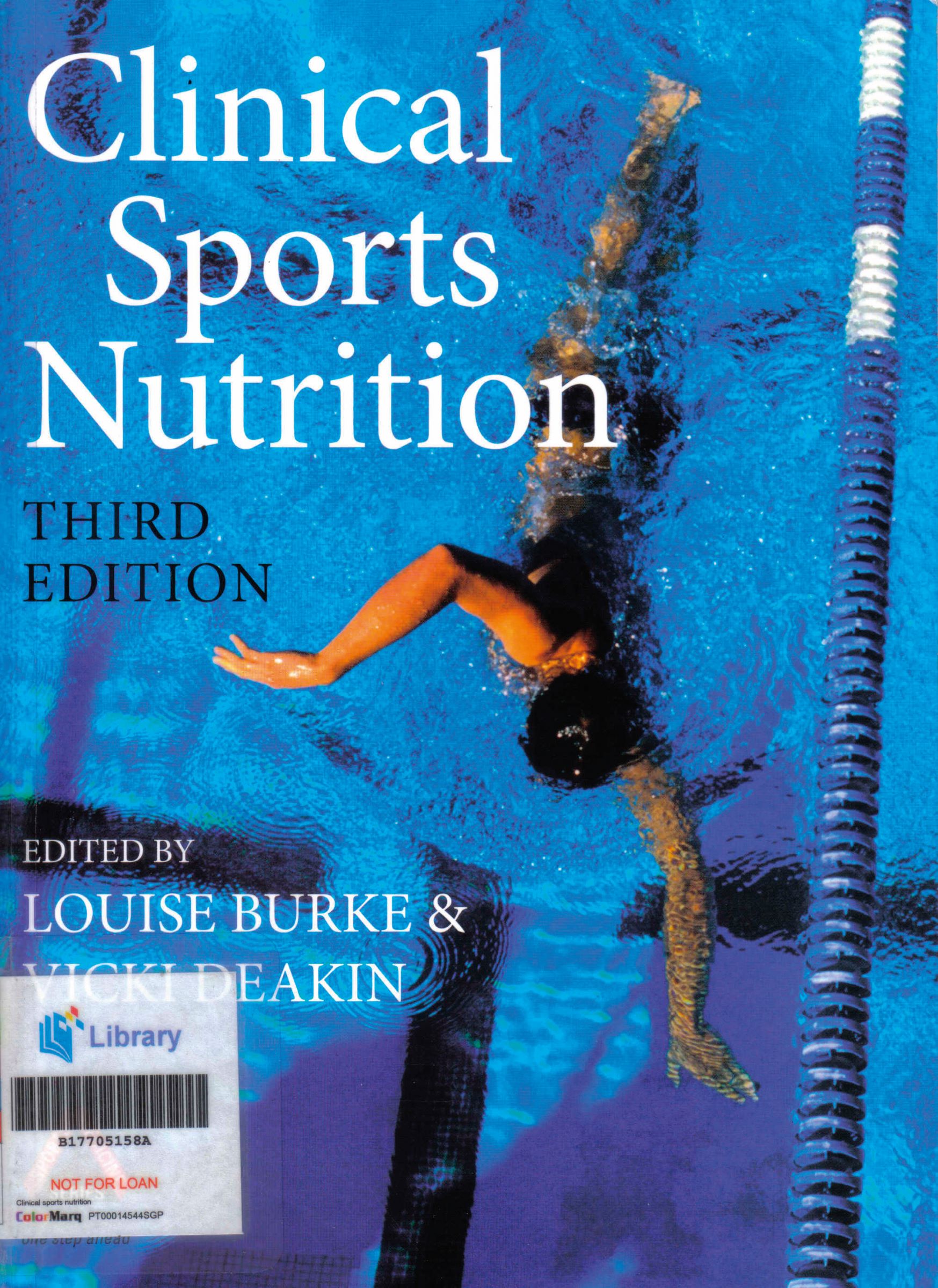 Written for sports nutritionists, coaches, athletes and sport science professionals, this book provides a comprehensive coverage on topics such as nutrition for competition, recovery foods, weight loss, eating disorders in athletes, sports supplements and recommendations for athletes with special needs such as those with diabetes and gastrointestinal disorders.
Written for sports nutritionists, coaches, athletes and sport science professionals, this book provides a comprehensive coverage on topics such as nutrition for competition, recovery foods, weight loss, eating disorders in athletes, sports supplements and recommendations for athletes with special needs such as those with diabetes and gastrointestinal disorders.The Biophysical Foundations of Human Movement
Abernathy, B. et al. Champaign, Ill.: Human Kinetics, 2005. Call no. R q612.76 BIO
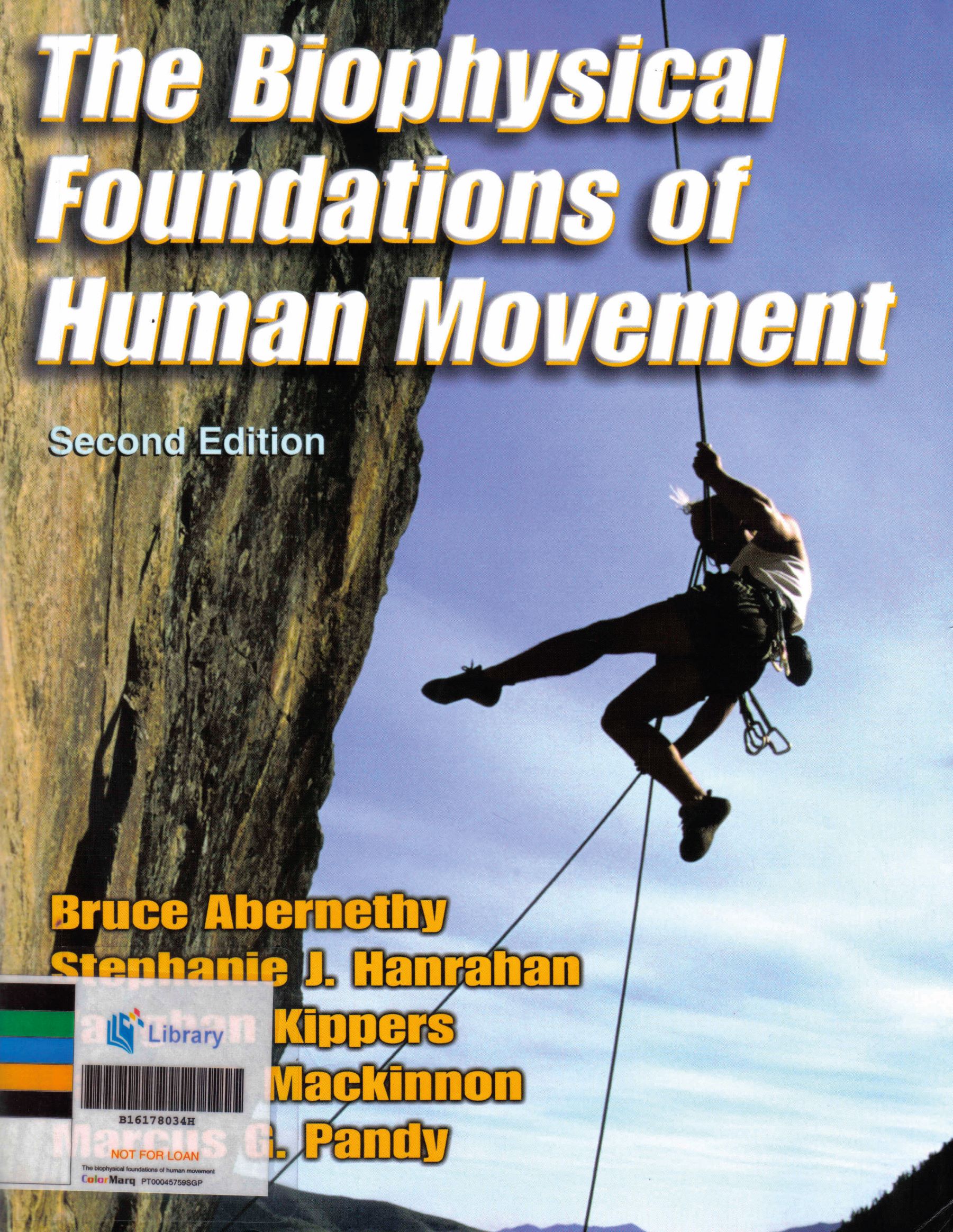 Divided into five sections, this authoritative text on human movement studies covers functional anatomy, biomechanics, exercise physiology, motor control and sport and exercise psychology. Diagrams, graphs, illustrations and references for further reading are included in each chapter for more comprehensive learning.
Divided into five sections, this authoritative text on human movement studies covers functional anatomy, biomechanics, exercise physiology, motor control and sport and exercise psychology. Diagrams, graphs, illustrations and references for further reading are included in each chapter for more comprehensive learning.Dynamic Physical Education for Secondary School Students
Darst, P. and Pangrazi R. San Francisco: Pearson/Benjamin Cummings, 2006. Call no. R 613.70712 DAR
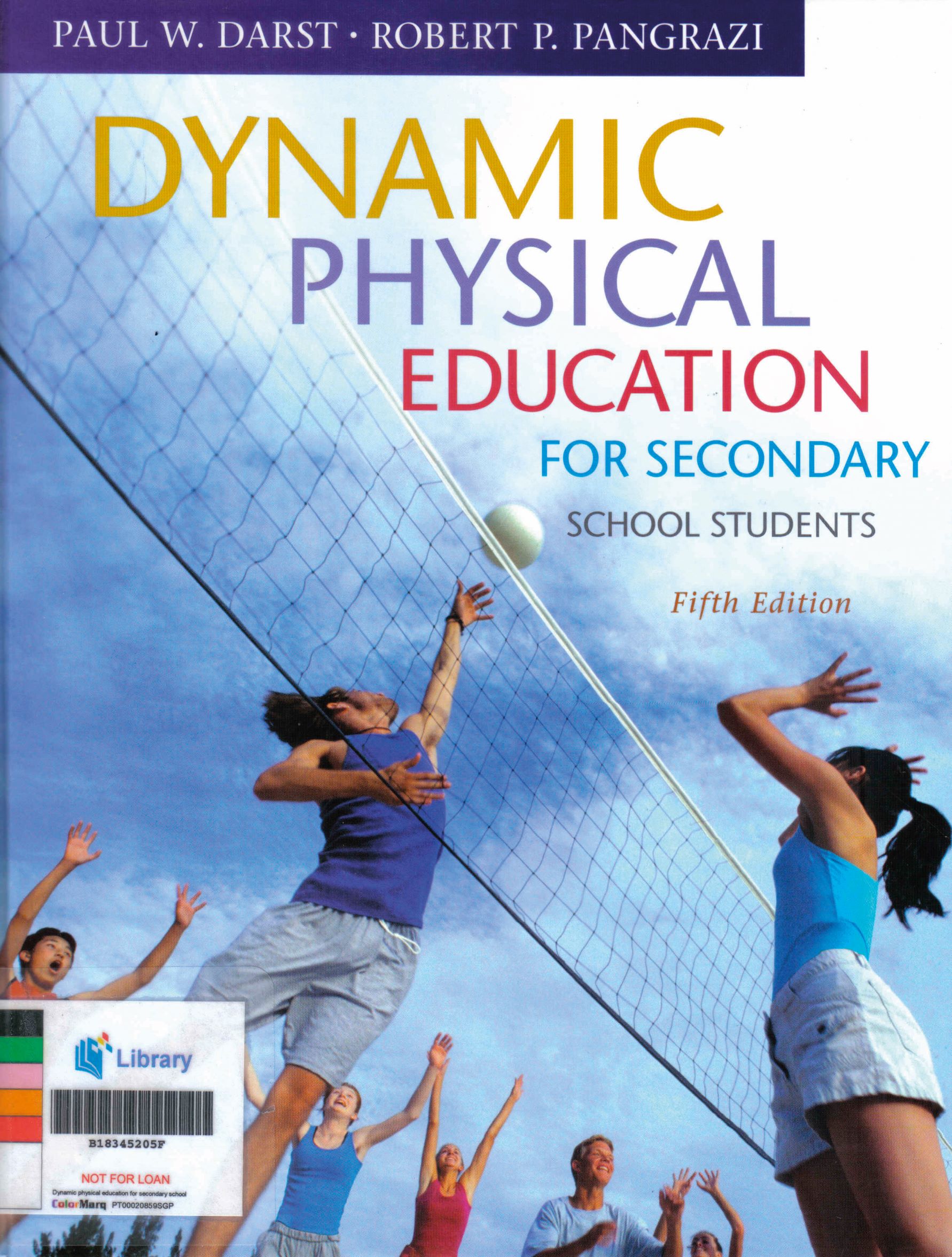 Targeted at physical education trainee teachers and current professionals, this book is a useful guide for planning, developing and implementing a physical education programme in schools for students between 12 and 18 years of age. Instructional activities are recommended in the last section of the book, focusing on sports, lifestyle and outdoor adventure activities. References for further reading and a list of websites are appended at the end of each chapter.
Targeted at physical education trainee teachers and current professionals, this book is a useful guide for planning, developing and implementing a physical education programme in schools for students between 12 and 18 years of age. Instructional activities are recommended in the last section of the book, focusing on sports, lifestyle and outdoor adventure activities. References for further reading and a list of websites are appended at the end of each chapter.With greater attention placed on the sports industry in Singapore, more companies are showing a keen interest in sports sponsorship as a social responsibility in their corporate objectives. Veteran sports sponsor Nestlé, widely acknowledged as Singapore’s patron of sports, has been active in Singapore’s sports development since 1950, and has spent millions sponsoring sports events at inter-school and nationwide levels as well as meeting the nutritional needs of athletes at events such as the 2002 Sheares Bridge Run and the 2002 Eco-Challenge in Fiji. Singapore Pools, The Singapore Sports Council’s “partner in sports”, is another organisation that has been closely associated with sports sponsorship for a long time, from providing funds for National Sports Association programmes, to contributing to the Sporting Singapore Fund, and sending athletes overseas for tournaments.
Newcomers to the sports sponsorship scene have also been generous in their support of sports-related causes that aim to benefit under-privileged groups in Singapore. For example, document production and equipment processing company Fuji Xerox Singapore organised the inaugural Singapore Open Water Swimming in 2006 and 2007, with funds raised by participants through pledge card going to the Singapore Children’s Cancer Foundation. In August 2008, local property company UOL Group Ltd sponsored 12 undergraduates to undertake a 1,000- mile charity cycling expedition, “Ride from the Heart”, from Phuket to Singapore, to raise funds for The Straits Times School Pocket Money Fund.
Sports is thus perceived as a powerful publicity tool that cuts across all demographics, helps to raises awareness of branding in the market, and conveys positive messages about the values of the companies involved.
Books on sports marketing, case studies on sports business, sponsorship, sports organisations, leisure and facilities management in the collection are relevant to this segment of readers.
As Singapore’s national sports agency, the SCC is responsible for developing sports in Singapore. One of its aims is to promote and cultivate a sporting culture among Singaporeans, specifically targeting women, children and youth and working adults. To fulfil this vision, the SSC offers affordably priced “Learn to Play” programmes to enable beginners to pick up the rudimentary skills of a sport or activity, such as aerobics, line dance, salsa dance, gymnastics, yoga, kickboxing, badminton, inline skating, tennis, wushu and taiji.
The sports collection’s offering provides an additional source of information for people wishing to pick up a sport on their own as well as recreational aficionados who are keen to read up further to improve their knowledge and deepen their understanding of their chosen sports activity.
Besides the theoretical and scientific aspect of sports, a major portion of the collection comprises books on specific indoor recreational games and outdoor sports such as the following:
Majumdar, B. and Mangan, J. A. (Eds.). London: Routledge, 2005. Call no. R 306.4830954 SPO
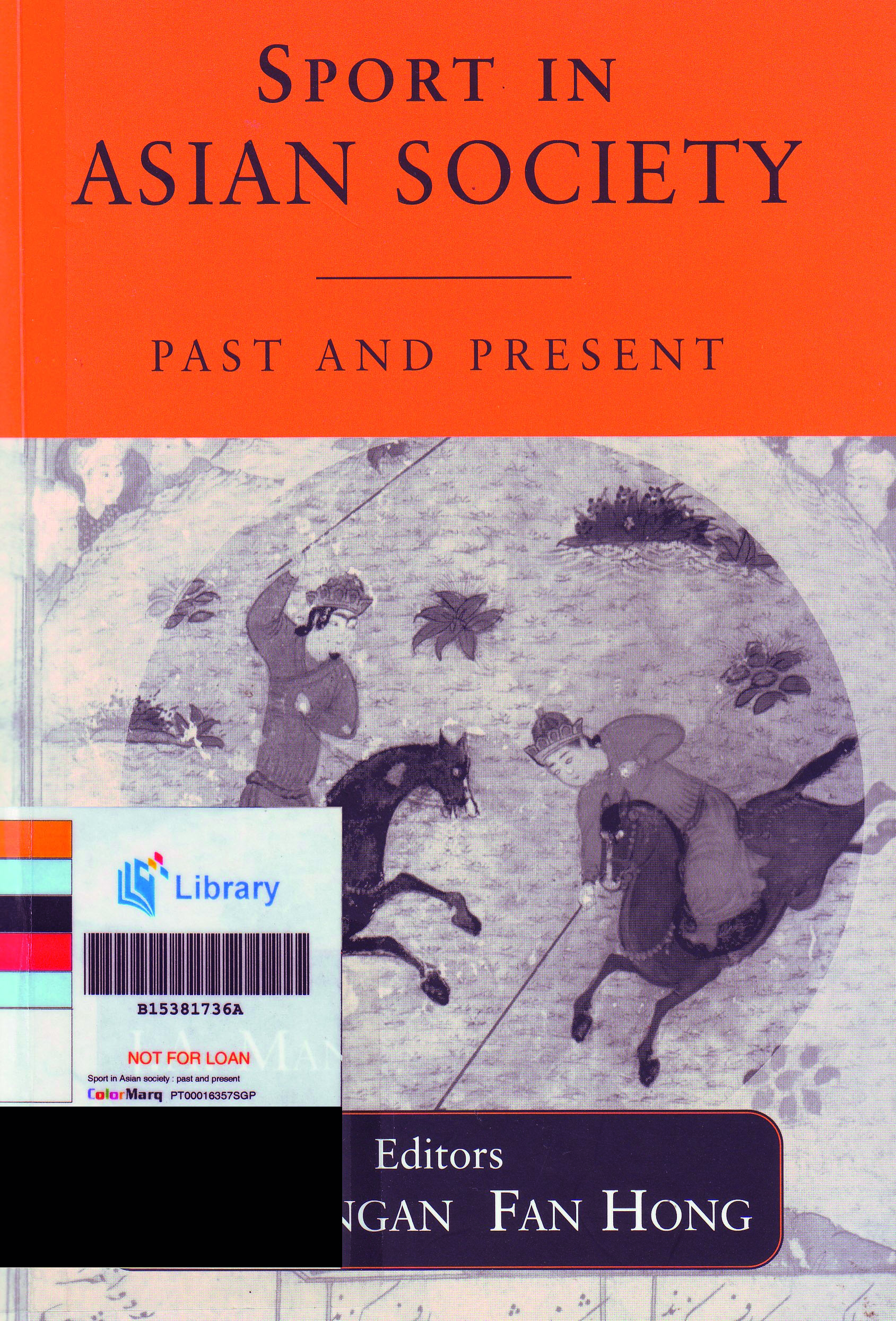 This collection of essays explores the role and significance of sports in Asian countries such as Sri Lanka, Japan, India, China, Singapore, Korea, Iran, Indonesia and Taiwan, from the 19th to the 21st centuries.
This collection of essays explores the role and significance of sports in Asian countries such as Sri Lanka, Japan, India, China, Singapore, Korea, Iran, Indonesia and Taiwan, from the 19th to the 21st centuries.Athlete First: A History of the Paralympic Movement
Bailey, S. England: John Wiley & Sons, 2008. Call no. R 796.0874 BAI
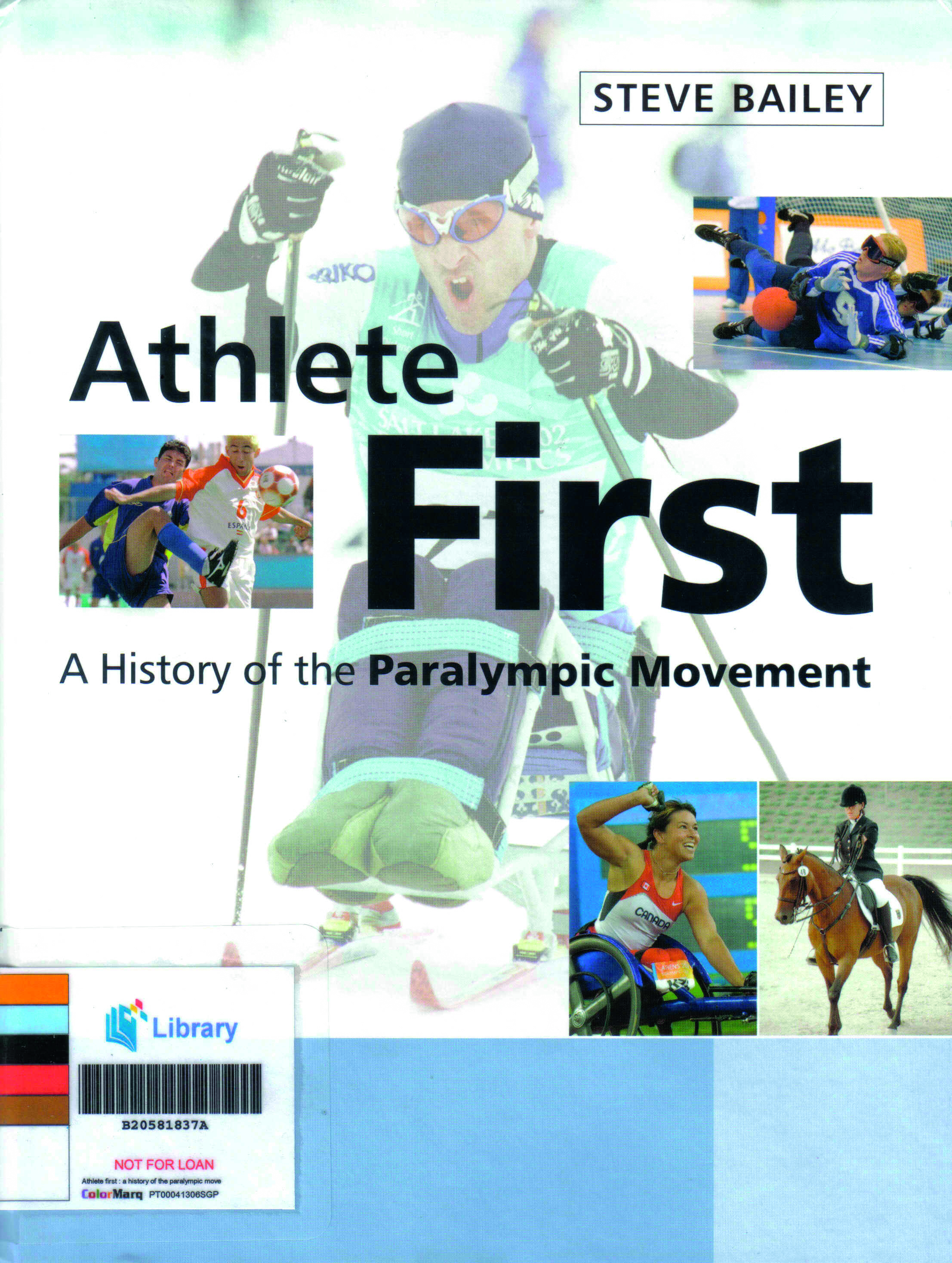 This book traces the history of the Paralympic Movement over the past 50 years, charts its milestones and accomplishments decade by decade, discusses the formation of The International Paralympic Committee (IPC) and highlights significant contributions of key individuals and groups involved in furthering the work of IPC.
This book traces the history of the Paralympic Movement over the past 50 years, charts its milestones and accomplishments decade by decade, discusses the formation of The International Paralympic Committee (IPC) and highlights significant contributions of key individuals and groups involved in furthering the work of IPC.The Official History of the Olympic Games and the IOC: Athens to Beijing, 1894–2008
Miller, D. Edinburgh: Mainstream, 2008. Call no. R 796.4809 MIL
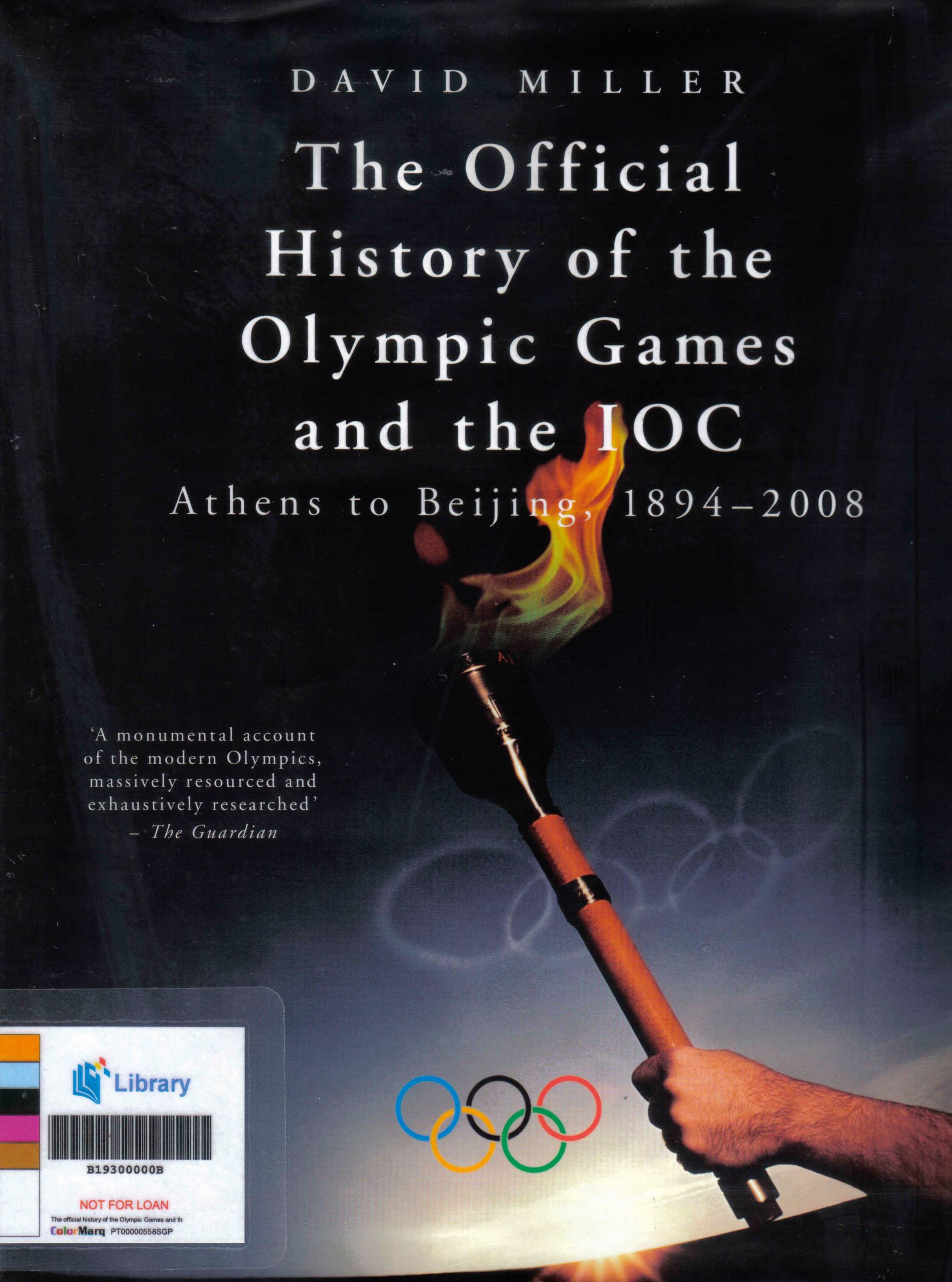 This beautifully illustrated volume tells the story of the first Olympics held in Athens in 1894 to the most recent one held in Beijing last year, including the disastrous 1936 Nazi Games, the terrorist massacre of Israeli athletes at the 1972 Munich Games and the Ben Johnson drug debacle in 1988. Legendary Olympians such as Sebastian Coe, Jesse Owens, Alexander Popov, Nadia Comaneci and Michael Phelps are also featured.
This beautifully illustrated volume tells the story of the first Olympics held in Athens in 1894 to the most recent one held in Beijing last year, including the disastrous 1936 Nazi Games, the terrorist massacre of Israeli athletes at the 1972 Munich Games and the Ben Johnson drug debacle in 1988. Legendary Olympians such as Sebastian Coe, Jesse Owens, Alexander Popov, Nadia Comaneci and Michael Phelps are also featured.Besides print materials, the Lee Kong Chian Reference Library subscribes to many electronic databases that provide sports statistics, research data, news and analyses. One full-text sports database, in particular, is EBSCOHost SportsDiscus, with more than 700,000 articles of up-to-date information and the latest research findings from more than 400 sports science and sports medicine journals. All these databases are accessible at NLB libraries and some also from home through the National Library Board eResources website, http://eresources.nlb.gov.sg/index.aspx.
Staff on duty at the Information Counters are on hand to answer any queries on the subject and the collection. For in-depth sports research enquiries, additional assistance can be sought on the researcher’s behalf, from the Singapore Sports Council Library, with which the Lee Kong Chian Reference Library has established a working partnership.
Reference Point, a remote enquiry service accessible by email, is also available to library patrons. Examples of some interesting enquiries have included request for the number of Singapore competitors who have participated in and won medals at the SEA Games since its inception, information on sports tourism in Singapore and documentation on the history of track and field in Singapore.
All are welcome to browse and feed on the rich content in our sports collection available at the Lee Kong Chian Reference Library for leisure reading and professional research.

Librarian
Lee Kong Chian Reference Library
National Library
REFERENCES
Koh Yizhe and Les Tan, “The Singapore Sports Industry Was Worth Over S$1 Billion in 2008,” Red Sports, 11 January 2009, https://www.redsports.sg/2009/01/11/.
Singapore Sports Council, National Sports Participation Survey 2005 (Singapore: Market Probe-Precision Research Pte Ltd., 2006). (Call no. RSING 796.095957 NAT)
“Sports Corporate – Home,” Singapore Sports Council, accessed 21 August 2009,
https://www.sportsingapore.gov.sg/.

